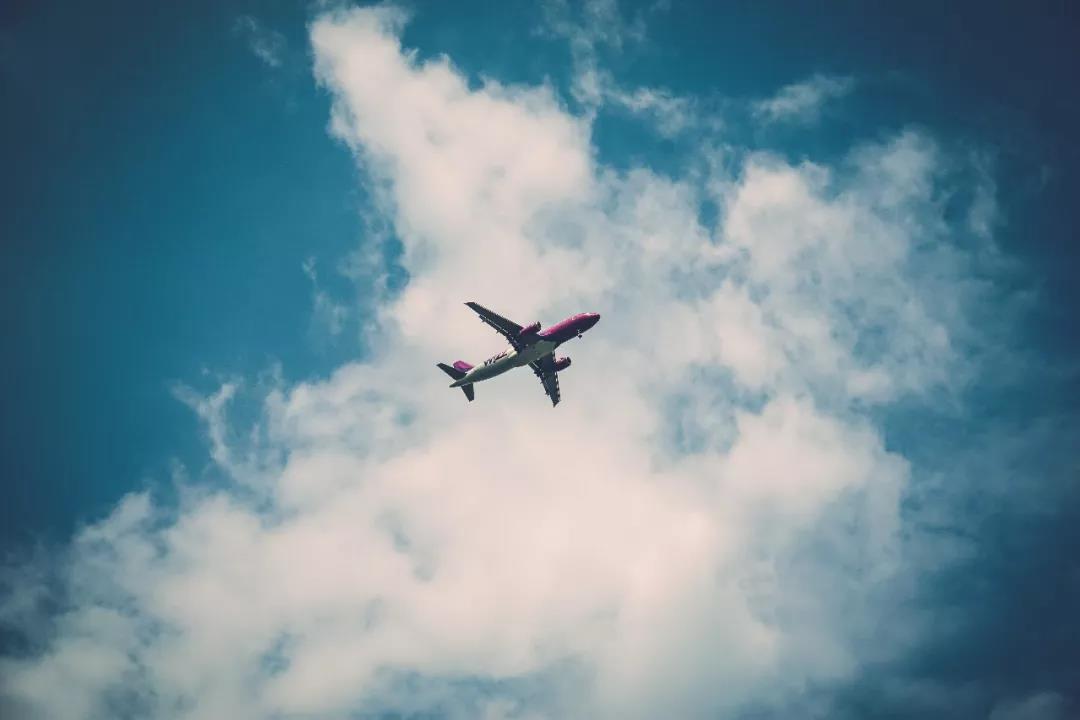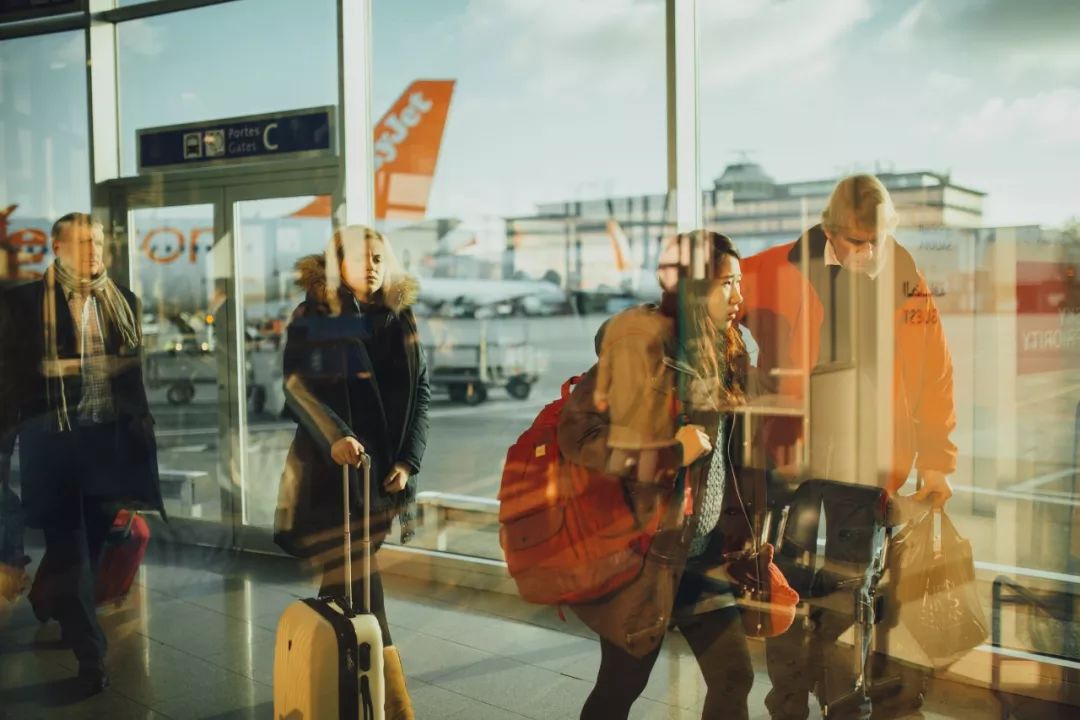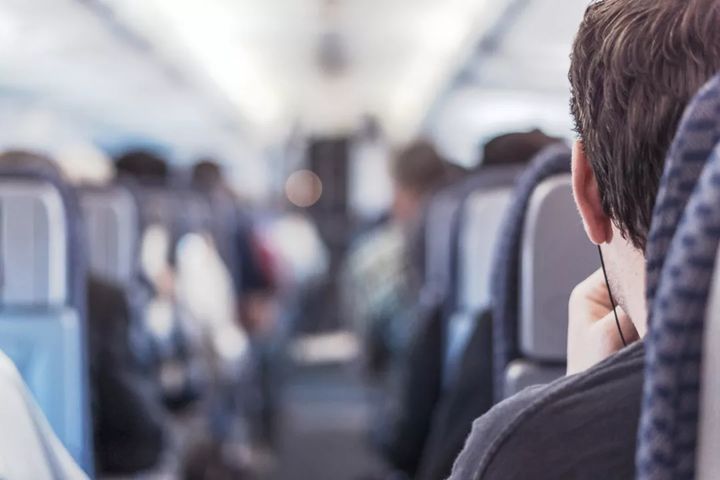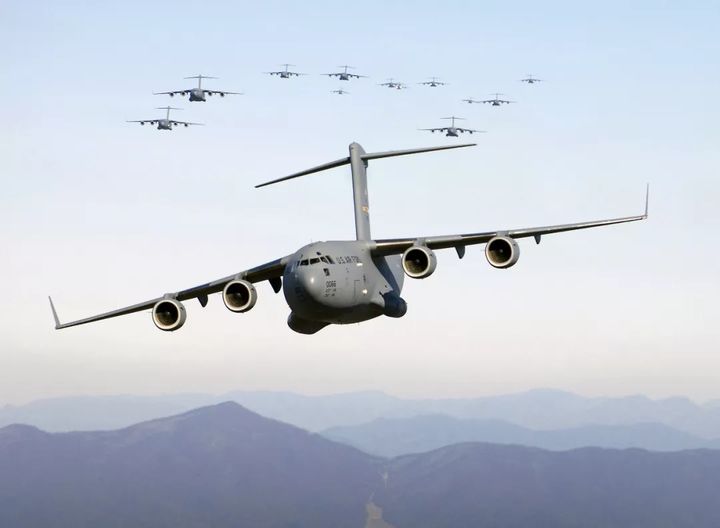Project Introduction
[Is there a catch? Show you how to fly on time!]
内幕,准点Industry dynamic
Is there a catch? Show you how to fly on time!
I am most afraid of hearing...... suddenly
"Ding dong ~ dear passenger, we are sorry to inform you that due to bad weather, your XXXX flight is temporarily unable to board. Please wait patiently at your seat. Thank you for your understanding and support."
The plane was definitely delayed, but the problems were just beginning.

1.
The planes next door are gone,
Why can't our planes fly?
The most maddening part of being stuck in an airport waiting for a flight is not the wait, but the fact that the gate next door is boarding and you don't know anything about it.
Specifically, there are many cases:
1. Different aircraft have completely different safety standards and it is quite possible that the A380 can fly but the A320 cannot in the same weather conditions;

2. Different airlines have different safety standards for the same aircraft. Under the same weather conditions, it is likely to meet the safety standards of China Eastern Airlines but not hna;
International flights have the right to take off first, which is an unwritten principle universally accepted around the world.
2.
Outside the window, the sky is blue,
How can you say "weather" can't fly?
80% of the reasons for flight delays are "weather", but when the weather is clear and the destination is the same, it is hard to avoid the suspicion that the airline is cheating you.

In fact, "weather cause" covers a lot of things:
1. The weather conditions at the departure airport are not suitable for take-off;
2. The weather condition of destination airport is not suitable for landing;
3. Weather conditions on flight route are not suitable for overflight, etc.
On long, scheduled routes, aircraft can only be stopped for "weather reasons" if there are unusual weather conditions in one part of the route. Therefore, clear weather does not represent normal weather in the sense of flying.
3.
Knowing there would be a delay,
Why wait in the plane?
Before the flight takes off, the pilot has to go through six steps, including contact with the departure permit, contact with the ground station, and contact with the tower. Each link must meet the standard before the next, and due to the limited resources such as runway, the corresponding link cannot wait until the conditions meet before entering the next, in the specified time can not meet the conditions, all have to return to start again.
Under such rules, it is easy to see why airlines are always urging passengers to board as soon as possible, since pilots who delay booking a flight by one minute must make way for all subsequent flights, sometimes even a dozen, to take off.
4.
Why because air traffic control can't fly?
At present, China's air force is in charge of airspace management, and the Civil Aviation Administration can only use airspace within the permission of the Air force and is subject to its management at any time.
About 80 per cent of China's airspace is under the direct control of the military, while civil aviation has access to less than 20 per cent, which must remain under the military's tight control.
Once the Air Force exercises in a certain airspace, all civil aircraft in the airspace will be banned. Since the duration of the exercise and the area of control are classified as military secrets, airlines in such situations have to explain to passengers on the grounds of air traffic control.

On "How to Fly on Time"
There are too many rumors of rivers and lakes, let a person have a little meng......
Let big data do the talking!
1.
Before 7 a.m., after 11 p.m
The on-time flight rate is the highest
Big data of flight dynamics tells us that the on-time rate of flights in a day (based on actual arrivals - scheduled arrivals < The most punctual flights are "early departures" and "late departures" (i.e., scheduled departures before 7 am and after 11 PM) with a normal rate of more than 80%, while the most inaccurate flights are from 12 noon to 5 PM with a normal rate of only about 70%.
Why does this happen?
Originally, from 7 o 'clock in the morning to 4 o 'clock in the afternoon, the national outbound flights are at the peak of 800-1000 classes per hour, the normal rate has gradually decreased; After 4 o 'clock in the afternoon as the flight volume fell, the normal rate began to rise steadily.
Flight advice:
In general, flights between 11am and 5pm are below average, so be prepared when buying a ticket.
2.
The normal rate of international flights is relatively high,
Regional flights are lower
Interpretation: According to the data, the on-time rate of international flights is 77%, 2 percentage points higher than that of domestic flights. But regional flights did not fare well, averaging 65% on-time, 10 percentage points lower than domestic flights.
This may be due to the fact that there are more than 340 million airports in the Pearl River Delta, resulting in extremely tight airspace resources, and the outbound route of Taiwan airlines is often affected by flow control, etc. So international flights have a slightly higher on-time rate than domestic flights, while regional flights are more prone to delays.
Flight advice:
When flying international or Hong Kong transfer, the transfer time must be enough, do not think that international and regional flights are not late, the consequences of only 2 hours of transfer may be an extra night in the airport......
3.
At the main base airport,
Only in the middle of the pack
Interpretation: Many passengers are fond of the main base airlines close to their home, and big data tells us that among the main base airlines of the 11 major airports, only China Eastern Airlines achieves the "punctuality" in Hongqiao, and other airlines can only rank the middle in their main base airports.
Flight advice:
Don't buy into the fact that there is no air delay from the main base. It's just a myth.
4.
Difference in flight time with the flight,
It has nothing to do with stepping on the gas in the air
Interpretation: Taking the Guangzhou - Hangzhou route with the largest number of domestic airlines as an example, it is true that the arrival time of different companies is very different. Shanghai Airlines arrive 23 minutes earlier on average, while Shenzhen Airlines arrive 1 minute later on average. But big data tells us it doesn't seem to have much to do with putting your foot on the gas in the air.
Shanghai Airlines actually flew 92 minutes, while Shenzhen Airlines flew 93 minutes, only one minute slower. The difference mainly lies in the planned flight time. For Guangzhou and Hangzhou, the planned flight time of Shanghai Airlines is 135 minutes, while shenzhen Airlines only 120 minutes. So whether a delayed flight can be recovered in the air has little to do with stepping on the gas.
Flight advice:
Each pilot flies according to the company's "cost index," which determines how fast the plane will fly. Even if I could speed it up, it wouldn't save a few minutes. So when choosing a flight, don't just look at the historical on-time performance.
So, to have a good time
Try to buy an early/late departure flight
Of course, bad weather, flow control, etc
Please also be more understanding about flight delays
Safety is the prerequisite of travel.



